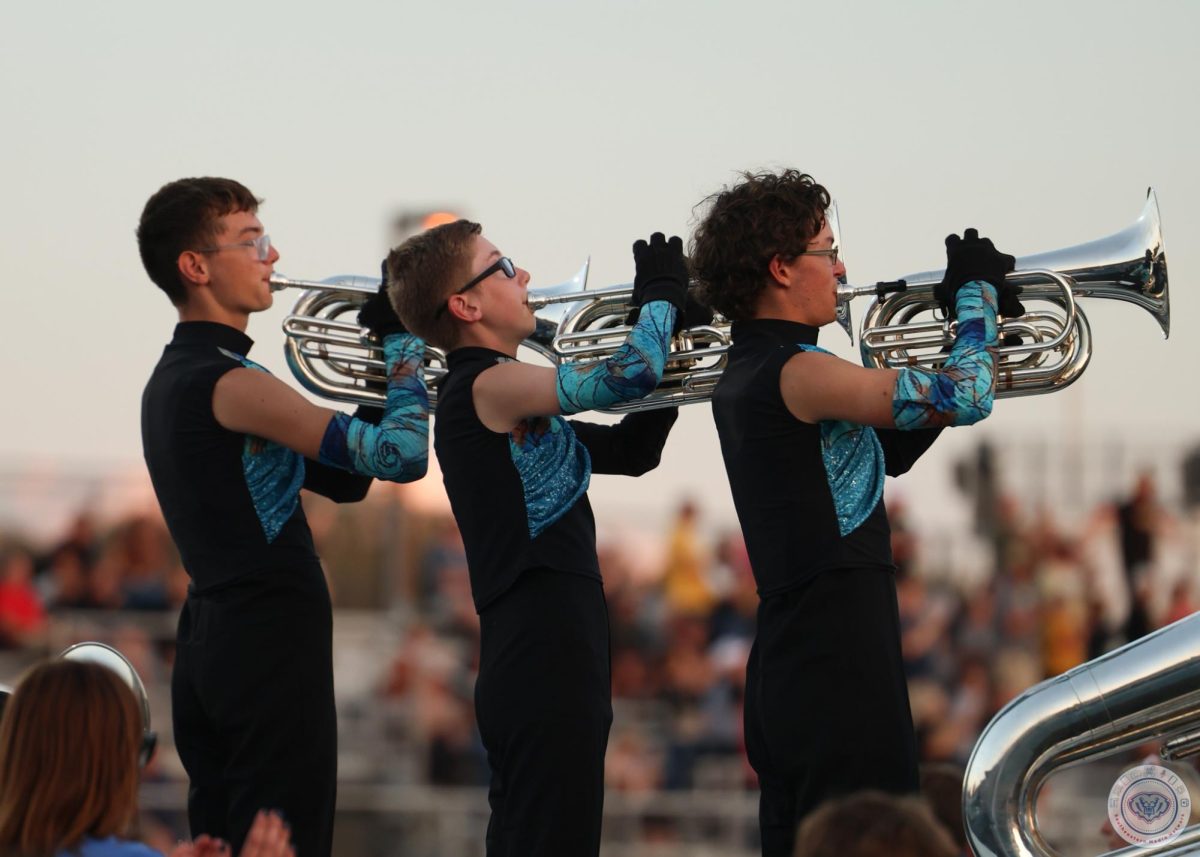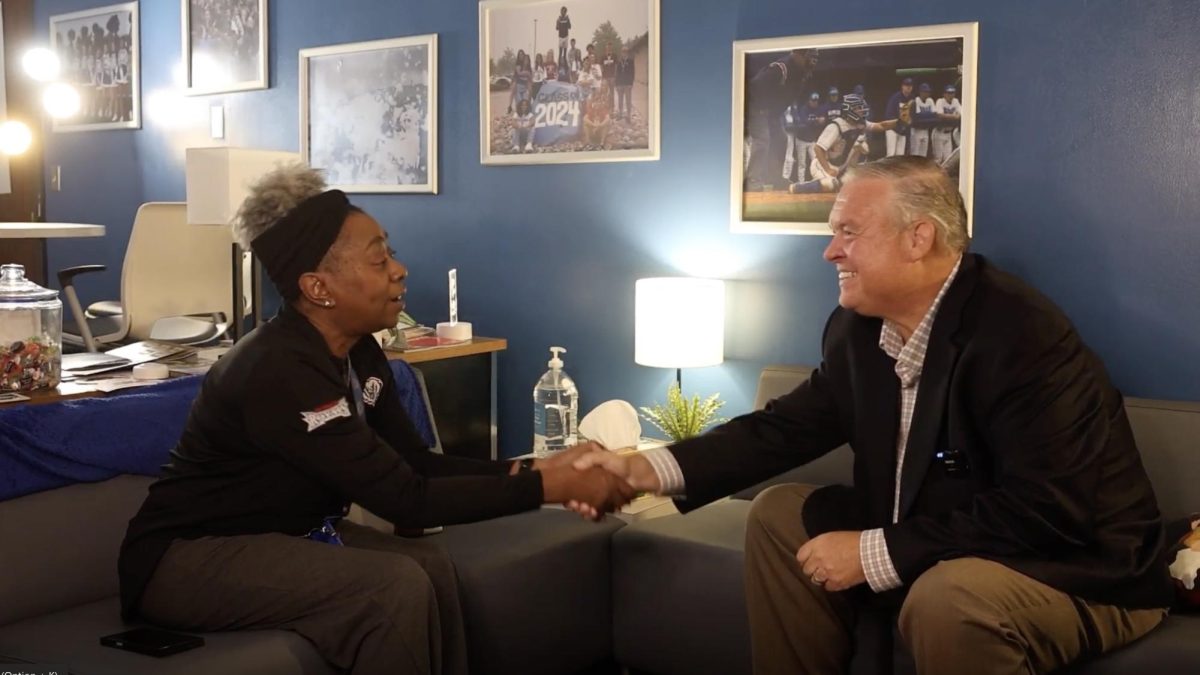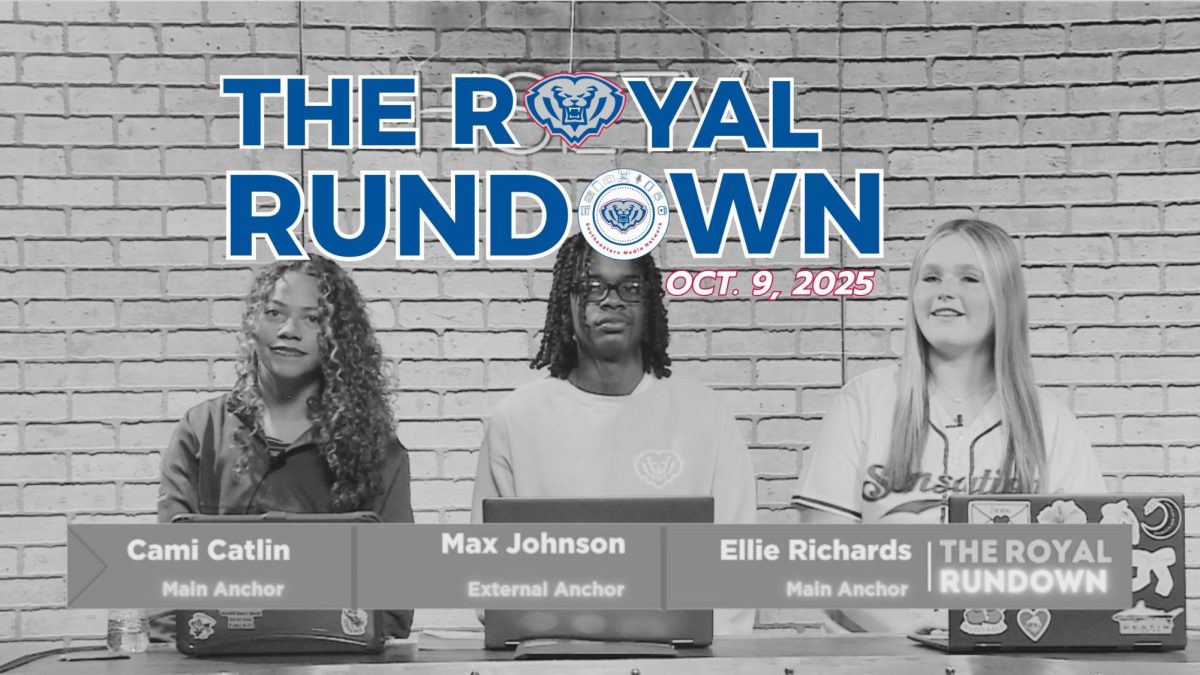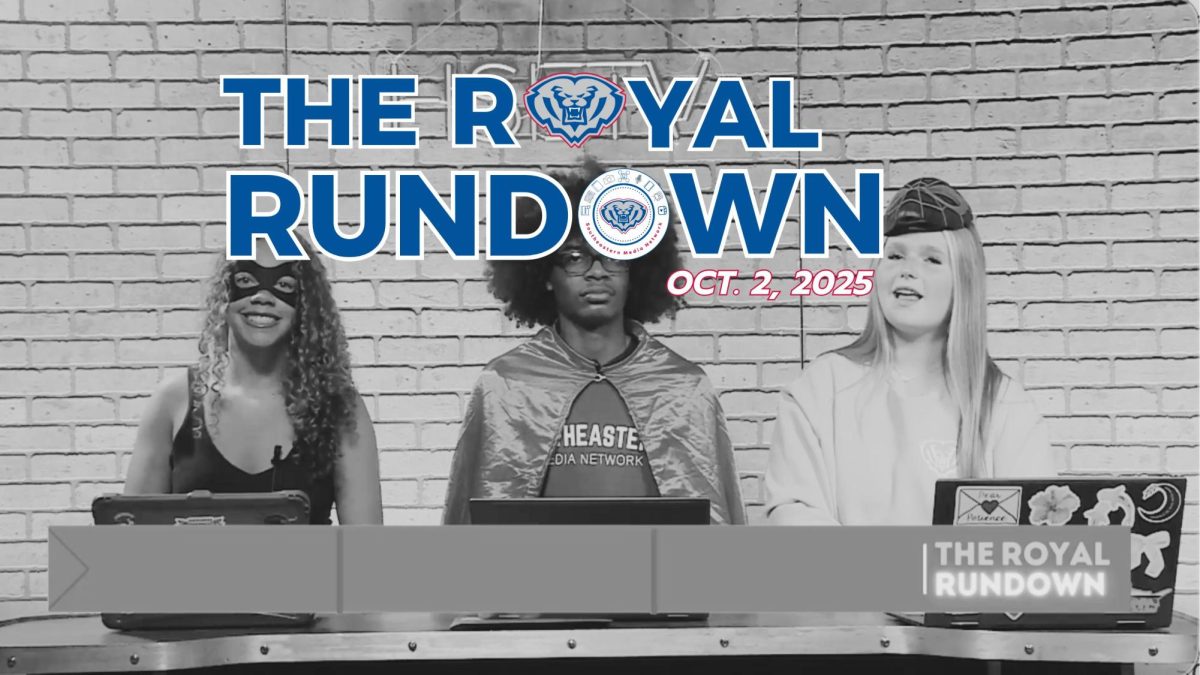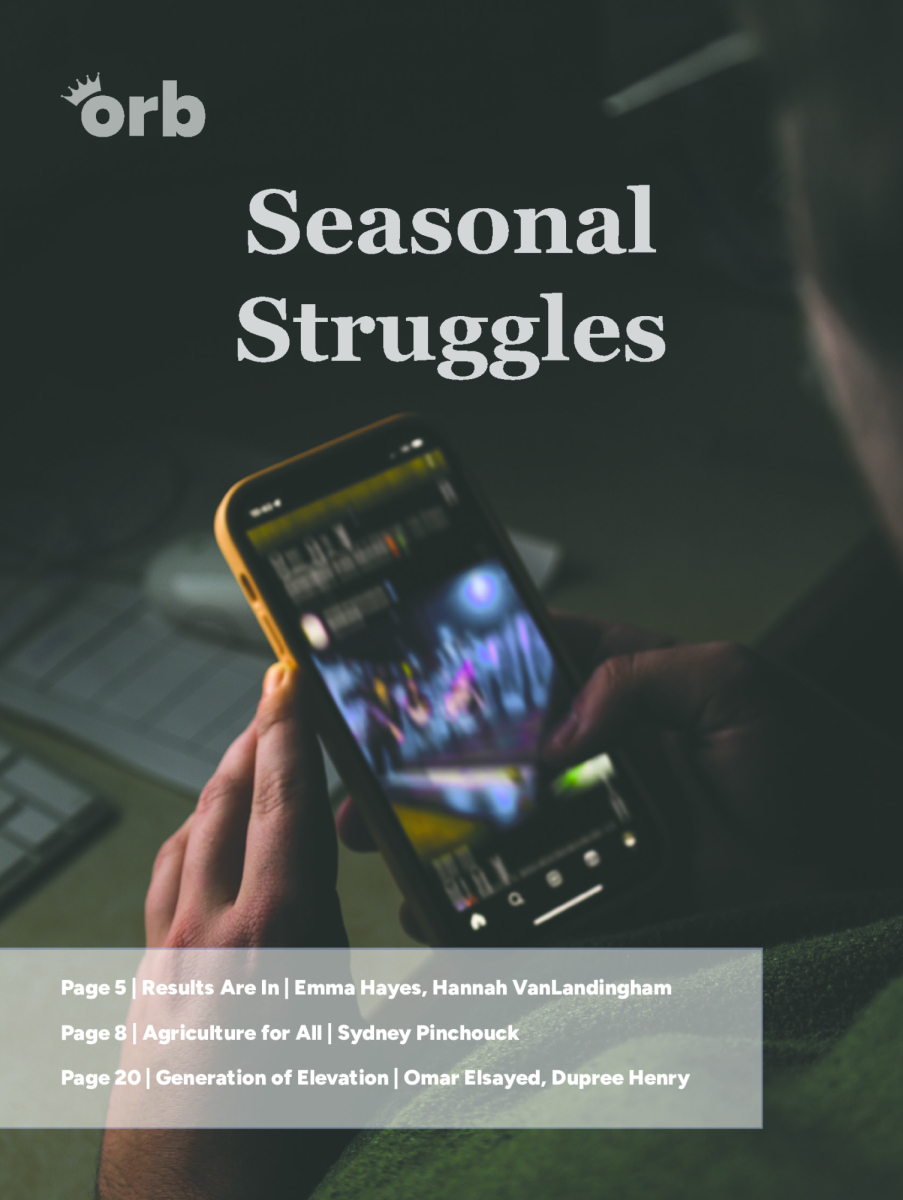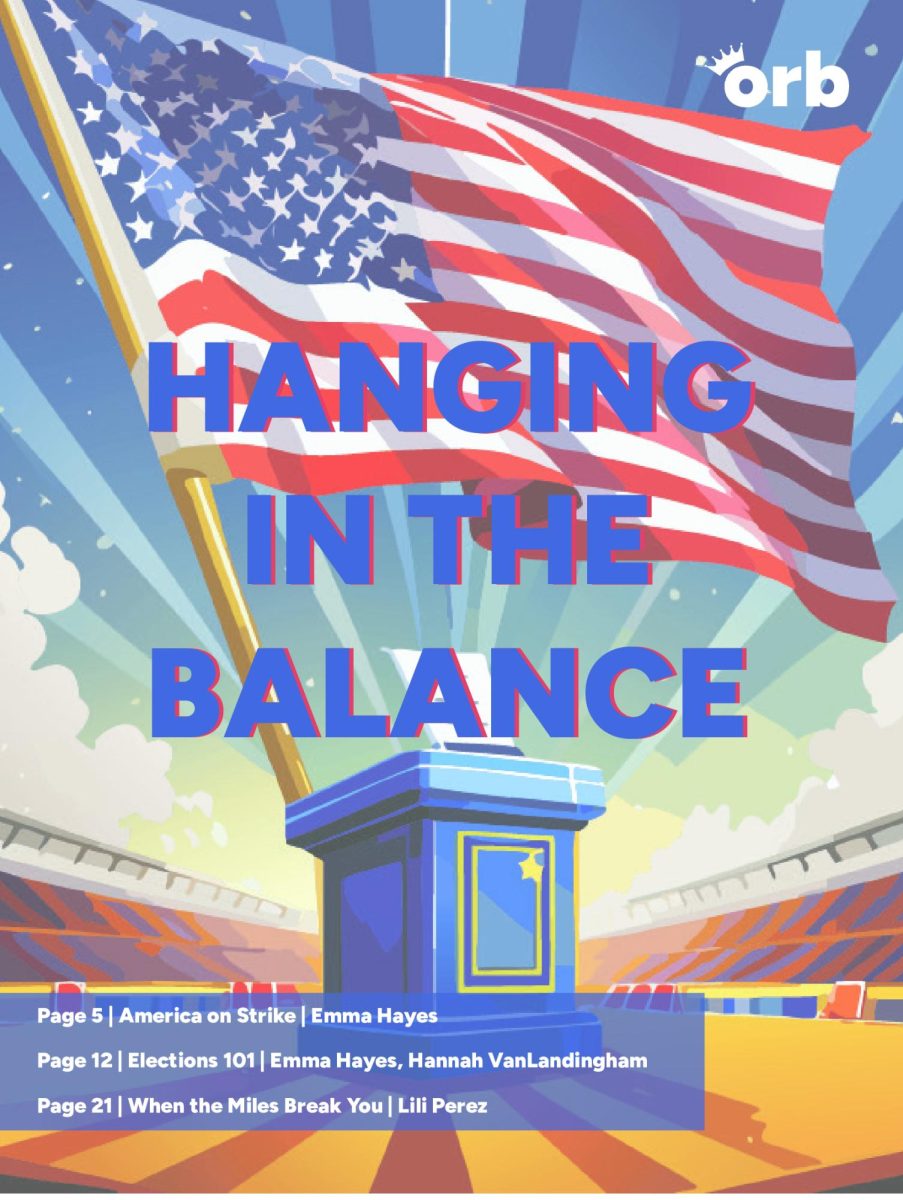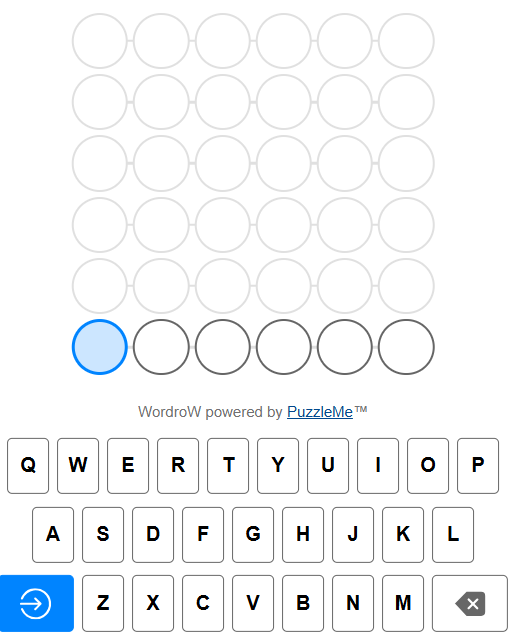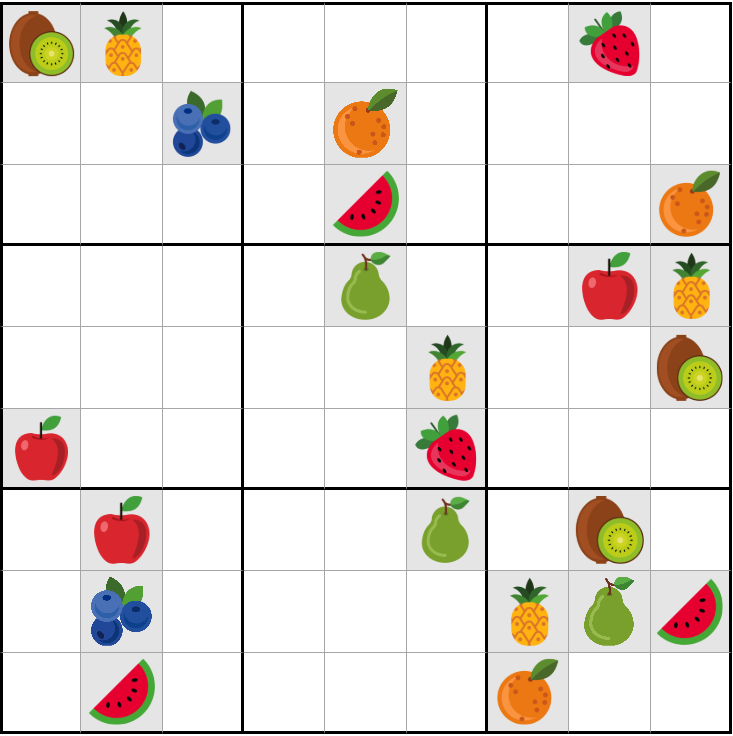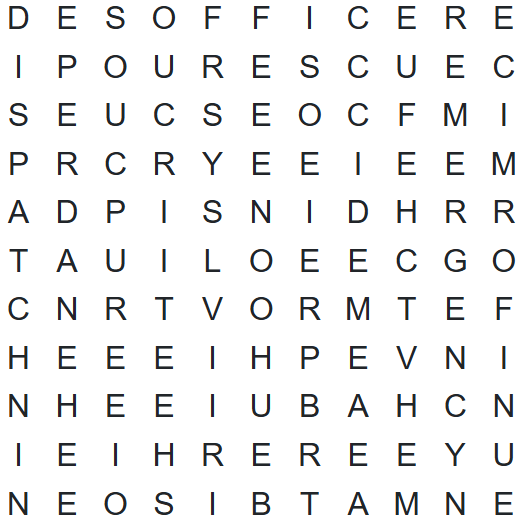Enneagram Explained
May 17, 2021
The enneagram consists of a nine-sided figure used in a particular system of analysis to represent the spectrum of possible personality types.
The origins of the enneagram are yet to be found. Some believe that it originated from the Bolivian psycho-spiritual teacher Oscar Ichazo in the 1950s. The enneagram consists of 9 different personality types. Most authors and philosophers of the enneagram can agree that everyone has a dominant personality from the 9 different choices. They also agree that everyone can find little parts of their personality within all of the numbers.
To find your enneagram number you can simply take a short survey, answering multiple choice questions. These surveys can be found by doing a simple Google search. The average survey takes 15-20 minutes to complete.
The first enneagram number is 1, which holds the personality type of the reformer. According to the enneagram institute, ones are “conscientious and ethical, with a strong sense of right and wrong. They are teachers, crusaders, and advocates for change: always striving to improve things, but afraid of making a mistake. Well-organized, orderly, and fastidious, they try to maintain high standards, but can slip into being critical and perfectionistic. They typically have problems with resentment and impatience. At their Best: wise, discerning, realistic, and noble. Can be morally heroic” (TEI 1).
The second enneagram number is 2, which holds the personality type of the helper. According to the enneagram institute, Twos are “empathetic, sincere, and warm-hearted. They are friendly, generous, and self-sacrificing, but can also be sentimental, flattering, and people-pleasing. They are well-meaning and driven to be close to others, but can slip into doing things for others in order to be needed. They typically have problems with possessiveness and with acknowledging their own needs. At their Best: unselfish and altruistic, they have unconditional love for others” ( TEI 2).
The third enneagram number is 3, which holds the personality type of the achiever. According to the enneagram institute, threes are “self-assured, attractive, and charming. Ambitious, competent, and energetic, they can also be status-conscious and highly driven for advancement. They are diplomatic and poised, but can also be overly concerned with their image and what others think of them. They typically have problems with workaholism and competitiveness. At their Best: self-accepting, authentic, everything they seem to be—role models who inspire others” (TEI 3).
The fourth enneagram number is 4, which holds the personality type of the individualist. According to the enneagram institute, fours are “self-aware, sensitive, and reserved. They are emotionally honest, creative, and personal, but can also be moody and self-conscious. Withholding themselves from others due to feeling vulnerable and defective, they can also feel disdainful and exempt from ordinary ways of living. They typically have problems with melancholy, self-indulgence, and self-pity. At their Best: inspired and highly creative, they are able to renew themselves and transform their experiences” (TEI 4).
The fifth enneagram number is 5, which holds the personality type of the investigator. According to the enneagram institute, fives are “alert, insightful, and curious. They are able to concentrate and focus on developing complex ideas and skills. Independent, innovative, and inventive, they can also become preoccupied with their thoughts and imaginary constructs. They become detached, yet high-strung and intense. They typically have problems with eccentricity, nihilism, and isolation. At their Best: visionary pioneers, often ahead of their time, and able to see the world in an entirely new way” (TEI 5).
The sixth enneagram number is 6, which holds the personality type of the loyalist. According to the enneagram institute, sixes are the “committed, security-oriented type. Sixes are reliable, hard-working, responsible, and trustworthy. Excellent “troubleshooters,” they foresee problems and foster cooperation, but can also become defensive, evasive, and anxious—running on stress while complaining about it. They can be cautious and indecisive, but also reactive, defiant and rebellious. They typically have problems with self-doubt and suspicion. At their Best: internally stable and self-reliant, courageously championing themselves and others” (TEI 6).
The seventh enneagram number is 7, which holds the personality type of the enthusiast. According to the enneagram institute, sevens are “extroverted, optimistic, versatile, and spontaneous. Playful, high-spirited, and practical, they can also misapply their many talents, becoming over-extended, scattered, and undisciplined. They constantly seek new and exciting experiences, but can become distracted and exhausted by staying on the go. They typically have problems with impatience and impulsiveness. At their Best: they focus their talents on worthwhile goals, becoming appreciative, joyous, and satisfied” (TEI 7).
The eighth enneagram number is 8, which holds the personality type of the challenger. According to the enneagram institute, eights are “self-confident, strong, and assertive. Protective, resourceful, straight-talking, and decisive, but can also be ego-centric and domineering. Eights feel they must control their environment, especially people, sometimes becoming confrontational and intimidating. Eights typically have problems with their tempers and with allowing themselves to be vulnerable. At their Best: self- mastering, they use their strength to improve others’ lives, becoming heroic, magnanimous, and inspiring” (TEI 8).
The ninth enneagram number is 9, which holds the personality type of Brief. According to the enneagram institute, nines are “accepting, trusting, and stable. They are usually creative, optimistic, and supportive, but can also be too willing to go along with others to keep the peace. They want everything to go smoothly and be without conflict, but they can also tend to be complacent, simplifying problems and minimizing anything upsetting. They typically have problems with inertia and stubbornness. At their Best: indomitable and all-embracing, they are able to bring people together and heal conflicts” (TEI 9).
Sources:








